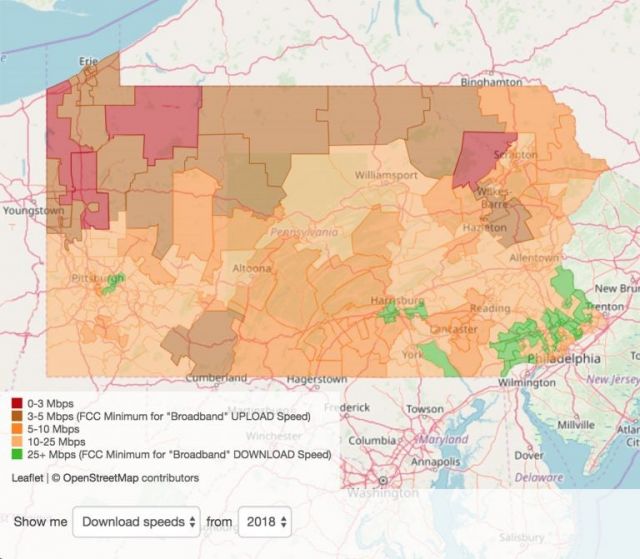The Energy in COVID-19 monthly research briefs collect the latest news read by our working group members. Each month, a different working group member takes the lead in writing up summaries and the brief’s framing, always in conversation with the full working group. The overall aim of the briefs is to showcase how disasters instigate policy changes, particularly around economic crises.
This month's media brief is divided into three sections. The first section, energy use during COVID-19, includes articles that discuss how COVID-19 has changes the way energy use, typically quantified as utilities such as electricity, has changed in commercial and residential settings. The first article goes over each of the 50 states and compares both pre and post pandemic energy use for commercial and residential settings. The second article suggests ways in which consumers can save money on utility bills as many of them are now required to use more electricity due to the stay at home orders. The next and largest section, inequality of access during COVID-19, contains article that discuss how COVID-19 has exacerbated inequalities to utility access. The first article discusses how the state of Pennsylvania still has $1.3 billion dollars of CARES act money that is currently not being spent as well as a proposal on how to spend it. The next article discusses how unpaid utility bills are soaring as the moratorium is set to come to an end next month with the article following it discussing the moratorium end in more detail. The next article discusses how Philadelphia is trying to roll back on some regulations to make solar panel installation easier. The final article of this section discusses how poor internet in rural Pennsylvania is a deterrent to people moving there. The last section is titled access to utilities during COVID-19, with the articles here focusing on how access to utilities has been expanded in some ways or how it has changed. The first article discusses what clean energy companies are doing to combat racism and where they should move going forward. The next article discusses how internet use has been expanded during the pandemic and calls for these internet programs to last far beyond the pandemic. The next article discusses how utility shutoffs should be a motivator for grassroots activism that seeks energy justice and wider availability. The final article is a guide for tenants and what tools they have to fight evictions during the pandemic.

Cite as: Briana Leone, Morgan Sarao, James Adams, Andrew Rosenthal, and Ali Kenner. "Research Brief - October 15th, 2020." Energy in COVID-19. The Energy Rights Project. Platform for Experimental and Collaborative Ethnography.
The Energy in COVID-19 monthly media briefs collect the latest news read by the Energy in COVID-19 working group members. The overall aim of the briefs is to showcase how disasters can shore up policy changes, particularly around economic crises. All media briefs can be found in this timeline essay.
Thumbnail Image Source: Merchant E, (2020, Oct 29) "What is Clean Energy Doing to Confront Racism" Green Tech Media https://assets.greentechmedia.com/assets/content/cache/made/assets/conte...
Visit the Energy in COVID-19 main page for more information about the working group.